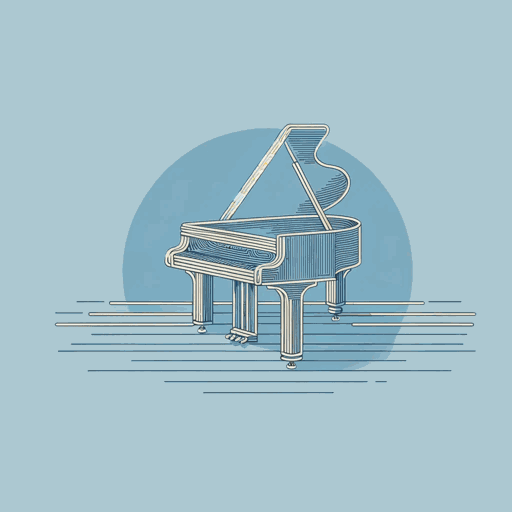20 pages • 40 minutes read
Langston HughesThe Weary Blues
Fiction | Poem | Adult | Published in 1926A modern alternative to SparkNotes and CliffsNotes, SuperSummary offers high-quality Study Guides with detailed chapter summaries and analysis of major themes, characters, and more.
Further Reading & Resources
Related Poems
“Dreams” by Langston Hughes (1923)
Like the blues singer’s lyrics in “The Weary Blues,” “Dreams” has an identifiable rhyme scheme in which every other line rhymes. Unlike the form of “The Weary Blues,” “Dreams” has an even shape, with the lines held together by two quatrains (four-line stanzas). Additionally, “Dreams” contains broken, forlorn imagery like a “broken-winged bird” and “a barren field.” According to the speaker, such desolation is what happens when “dreams die.” Paired with “The Weary Blues,” “Dreams” helps explain the anguished state of the blues musician. When the blues musician sleeps, he has no dreams. Instead, he’s like a rock or a man that’s dead.
“Lenox Avenue: Midnight” by Langston Hughes (1926)
“Lenox Avenue: Midnight” is another poem featured in The Weary Blues. Like the poem “The Weary Blues,” this poem, as the title indicates, takes place on Lenox Avenue and tries to replicate the sound of music—this time, the focus is on jazz. The speaker connects the “rhythm of life” to “jazz rhythm.” This poem and “The Weary Blues” use atmosphere, with Hughes building the environment of Lenox Avenue with lines like “the rumble of street cars” and “the swish of rain.
Related Titles
By Langston Hughes

Children’s Rhymes
Langston Hughes

Cora Unashamed
Langston Hughes
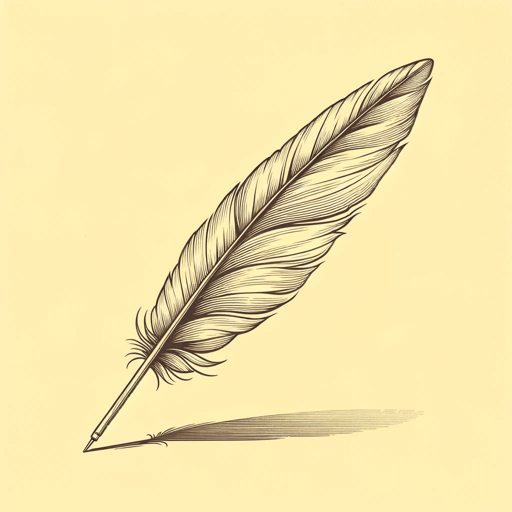
Dreams
Langston Hughes
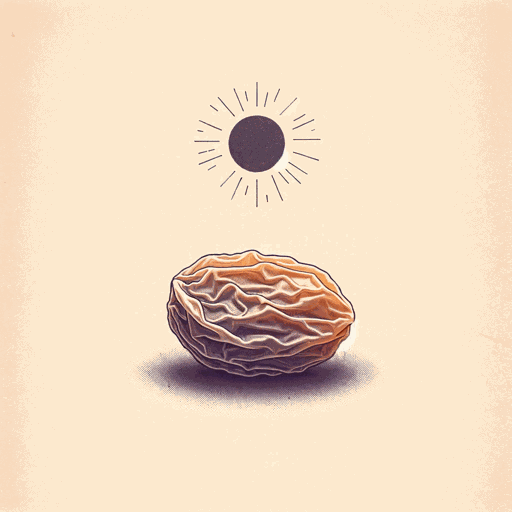
Harlem
Langston Hughes
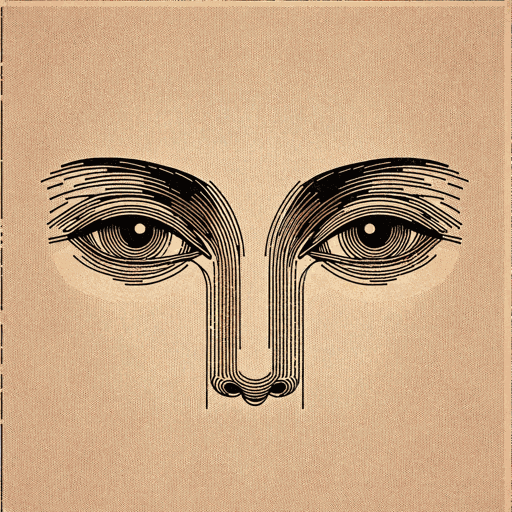
I look at the world
Langston Hughes
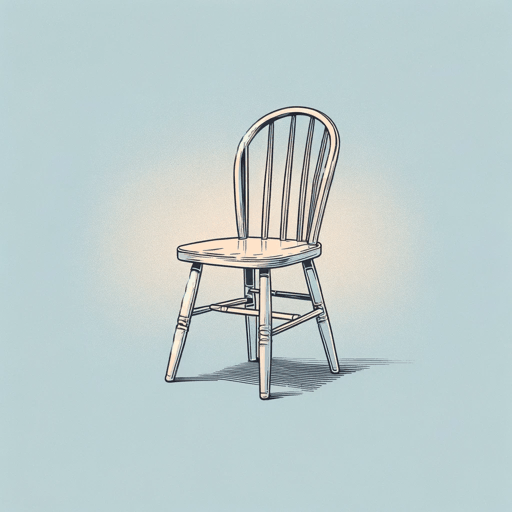
I, Too
Langston Hughes

Let America Be America Again
Langston Hughes
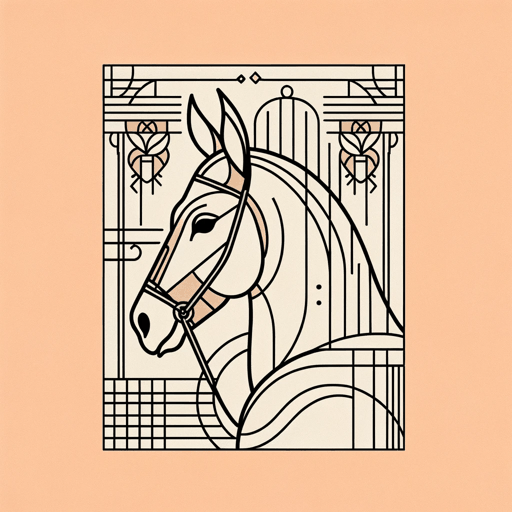
Me and the Mule
Langston Hughes

Mother to Son
Langston Hughes

Mulatto
Langston Hughes

Mule Bone: A Comedy of Negro Life
Langston Hughes, Zora Neale Hurston
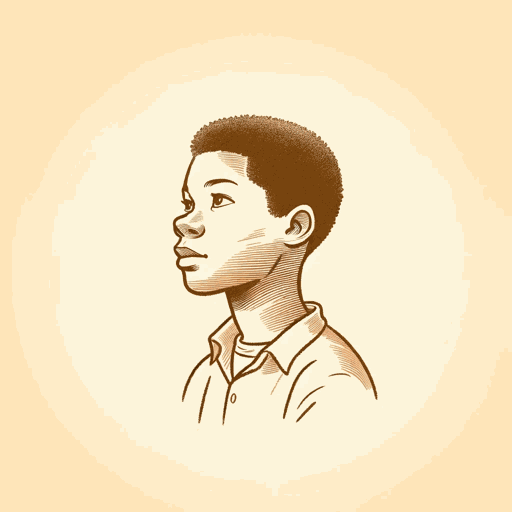
Not Without Laughter
Langston Hughes

Slave on the Block
Langston Hughes
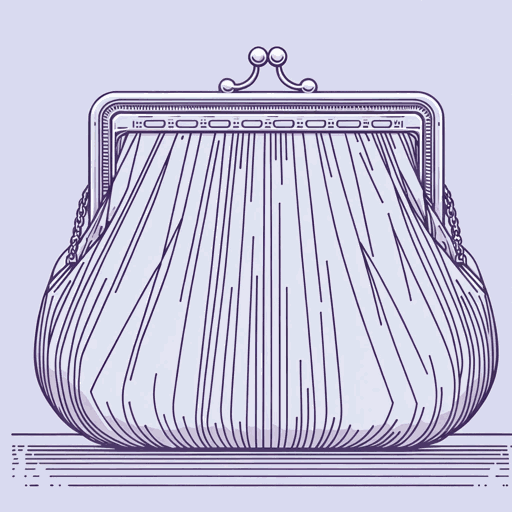
Thank You, M'am
Langston Hughes

The Big Sea
Langston Hughes
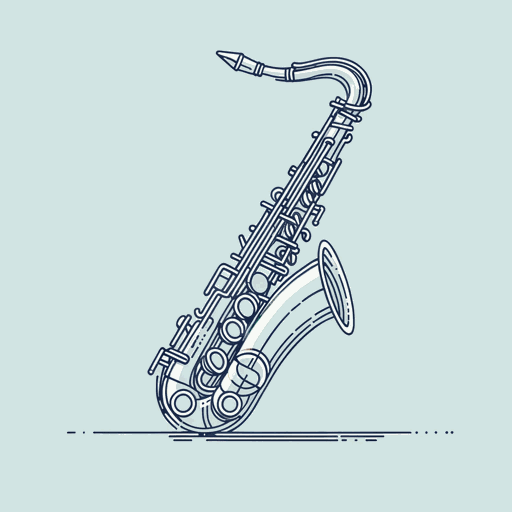
Theme for English B
Langston Hughes
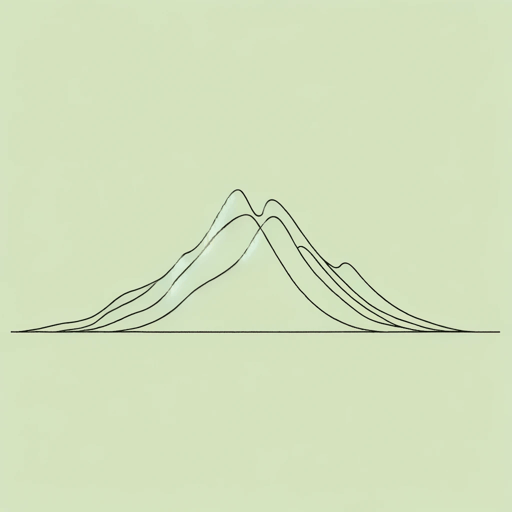
The Negro Artist and the Racial Mountain
Langston Hughes

The Negro Speaks of Rivers
Langston Hughes
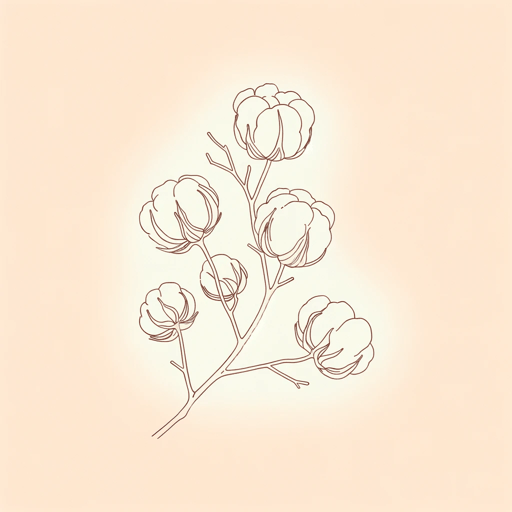
The Ways of White Folks
Langston Hughes

Tired
Langston Hughes
